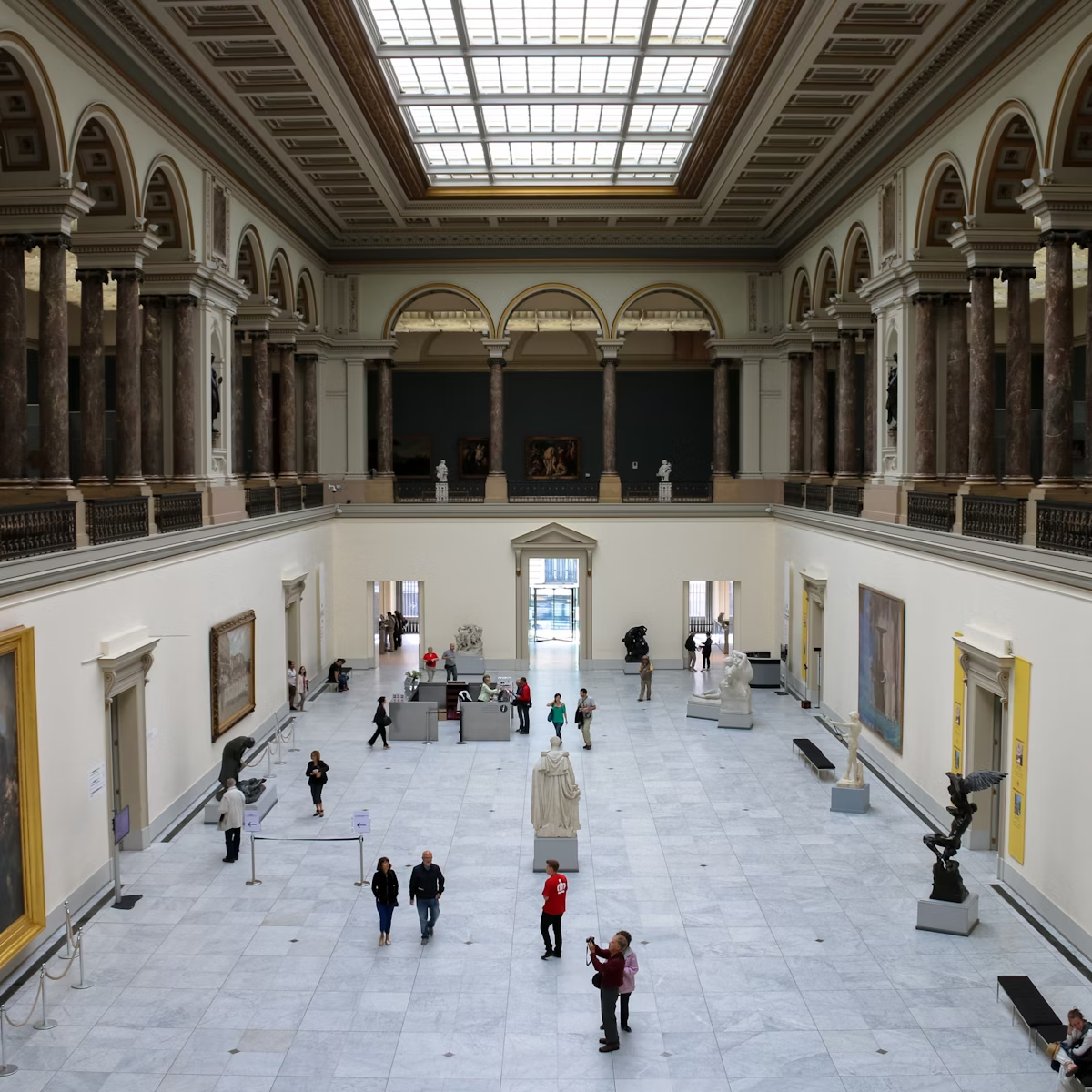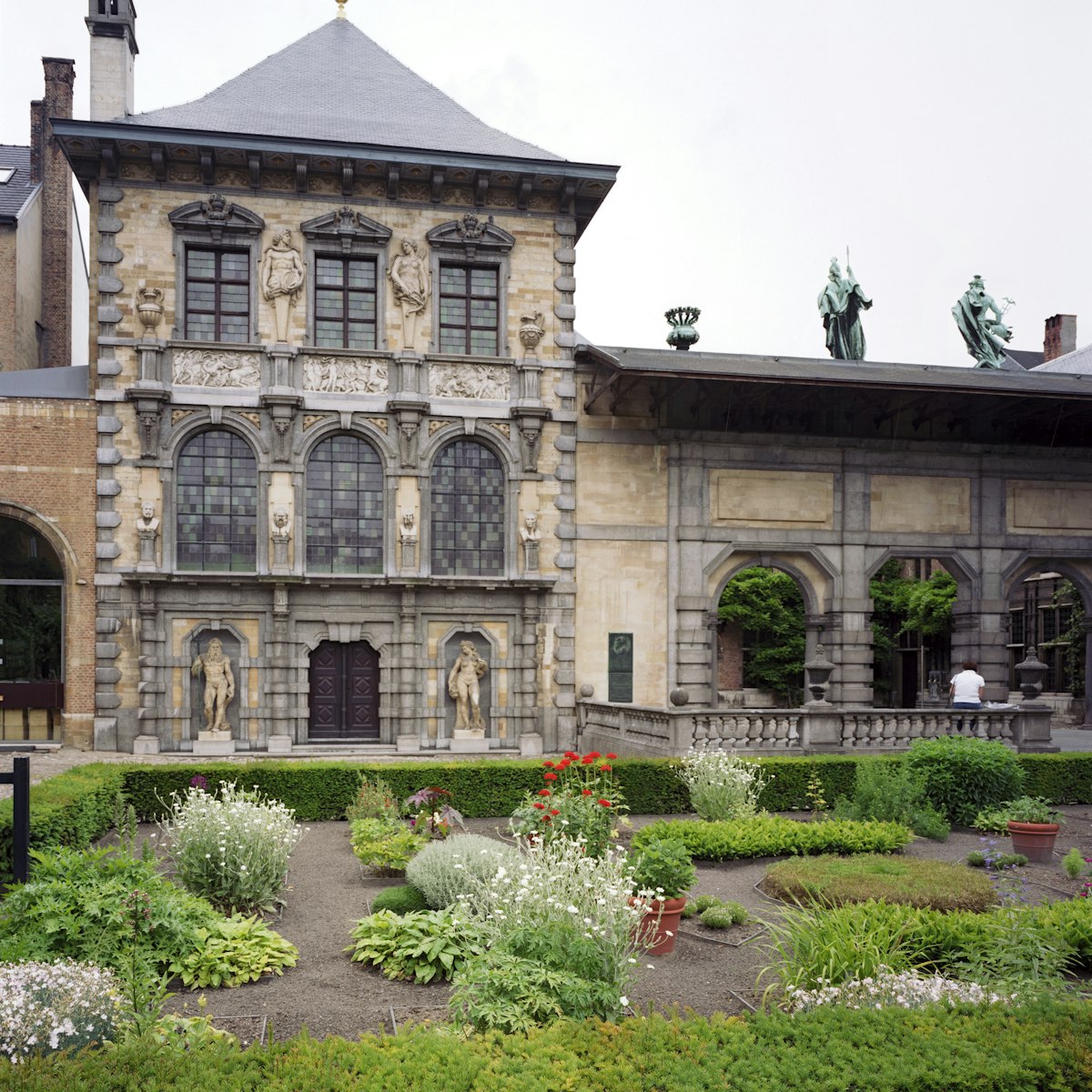Lace making has been one of Flanders’ finest crafts since the 16th century. While kloskant (bobbin lace) originated in Bruges, naaldkant (needlepoint lace) was developed in Italy but was predominantly made in Brussels. This excellent museum reveals lace’s applications for underwear and outerwear over the centuries, as well as displaying other luxury textiles in beautifully presented exhibitions. There's a new focus here on Belgium's ahead-of-the-curve fashion industry, with changing exhibitions of contemporary textiles.

UIG via Getty Images
Lonely Planet's must-see attractions


25.8 MILES
This delightfully indulgent 1611 mansion was built as a home and studio for celebrated painter Pieter Paul Rubens. It was rescued from ruins in 1937 and…

25.98 MILES
Belgium’s finest Gothic cathedral was 169 years in the making (1352–1521). Wherever you wander in Antwerp, its gracious, 123m-high spire has a habit of…

25.82 MILES
The medieval building and 1622 courtyard garden alone would be worth a visit, but it's the world's oldest printing press, priceless manuscripts and…

0.38 MILES
This 1899 former department store is an art nouveau showpiece with a black facade aswirl with wrought iron and arched windows. The building contains the…

1.91 MILES
Parc du Cinquantenaire was built during Léopold II's reign. It's best known for its cluster of museums – art, history, military and motor vehicles – which…

Institut des Sciences Naturelles
1.25 MILES
Thought-provoking and highly interactive, this museum has far more than the usual selection of stuffed animals. But the undoubted highlight is a unique …

1.81 MILES
This astonishingly rich collection ranges from ancient Egyptian sarcophagi and Meso-American masks to icons to wooden bicycles. Decide what you want to…
Nearby Brussels attractions
1. Statue of Everard 't Serclaes
0.03 MILES
A 1902 statue of city hero Everard ’t Serclaes depicts his reclining corpse. A fairly contemporary ‘tradition’ claims that rubbing the statue will bring…
0.04 MILES
Brussels’ brewery museum is authentic in the sense that it occupies the basement of the brewers’ guildhall and has some 18th-century brewing equipment…
0.04 MILES
Entry includes a beer supped amid barrels and delightfully antiquated wooden brewers’ tools: with the BrusselsCard it’s a great opportunity for a free…
0.05 MILES
The square’s smallest building, surmounted by a star, is where city hero Everard ’t Serclaes died in 1388. A fairly contemporary ‘tradition’ claims you’ll…
0.05 MILES
Notice the hop plants climbing columns here! At the former brewers' guildhall, which is still the Belgian brewers’ headquarters, two atmospheric but small…
0.05 MILES
The lovely butchers' guildhall, featuring a carved swan above the door, hosted Karl Marx in 1847. Ironically, it’s now home to the Grand Place's finest…
0.06 MILES
Laboriously built between 1444 and 1480, the splendid, slightly asymmetrical Hôtel de Ville was almost the only building on the Grand Place to escape the…